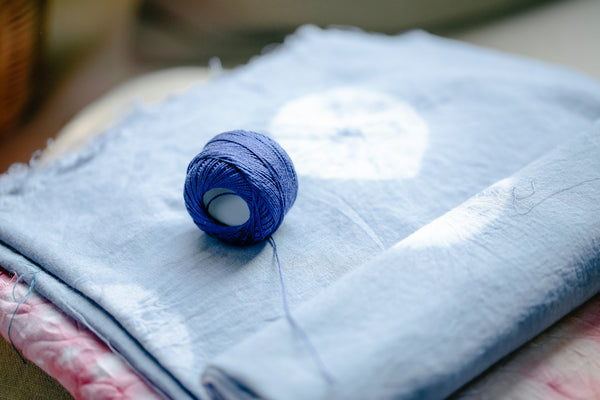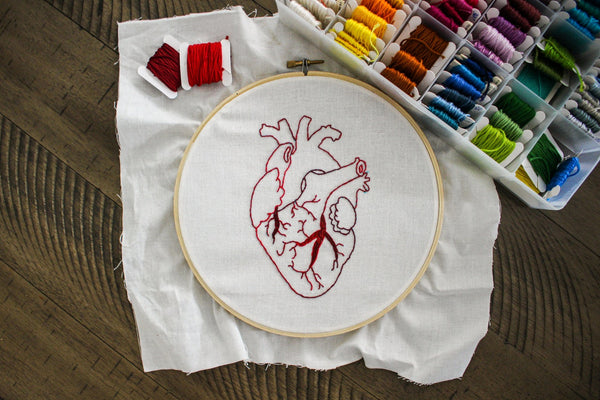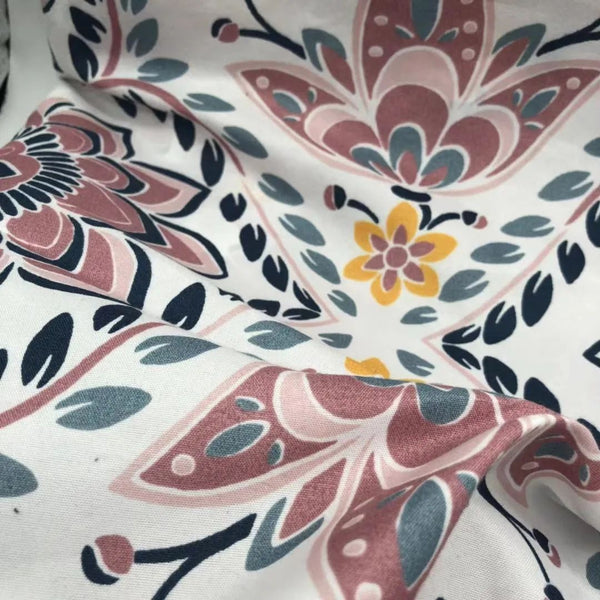When the color pattern of textile fabric is different, it can effectively change the image and temperament of the wearer. Therefore, relevant designers need to analyze the application of color pattern in textile fabric design, so that the color pattern and fabric can be effectively combined and reasonably matched to ensure that they are in line with people's own aesthetic needs, so as to comprehensively improve the design level of textile fabric.
In the process of textile fabric design, it is necessary to reasonably match the color pattern to ensure that it can meet the aesthetic needs of modern urban life. Therefore, the relevant designers need to reasonably deal with the relationship between color patterns and textile fabrics, and grasp the color patterns and textile fabrics from an overall perspective.
If multicolor textile fabrics are used, a main color can be selected to unify the other colors, and the area also needs to be reasonably adjusted to emphasize its relevant colors.

Generally speaking, darker colors tend to make people feel solemn, calm and steady, while lighter colors will make people feel warm and generous as well as lively and cheerful. By reasonably matching the shades of color patterns and textile fabrics, people can visually produce a sense of harmony and beauty.
Dyeing can be done with different tying methods to control the penetration of the dye so that the colors appear in varying shades and gradations. When dip-dyeing, the fabric is soaked in water, then placed in the dyeing tank and dyed after a period of penetration, and finally fished out to dry.
With the improvement of living standard, people also put forward higher requirements for textile fabric design, emphasizing the infectiousness of textile fabric material, color and hand feeling, and also need to ensure the fashionability of patterns. People need to innovate the traditional textile fabric dyeing technology and methods to ensure that the dyed patterns and colors can effectively meet people's own aesthetic needs, so modern dyeing technology should be applied to shorten the dyeing time and make the dyeing cost reduced.
However, in the practical application of modern industrial dyeing technology, the printing and dyeing effluent will cause pollution and harm to the surrounding environment. Therefore, people are very concerned about industrial dyeing and regard it as a major issue in environmental protection.

Therefore, designers need to attach great importance to the application of color patterns, to ensure that the textile fabric design can be in line with people's aesthetic needs, so that color patterns and textile fabrics can be effectively integrated to enhance the artistry and aesthetics of the design.

